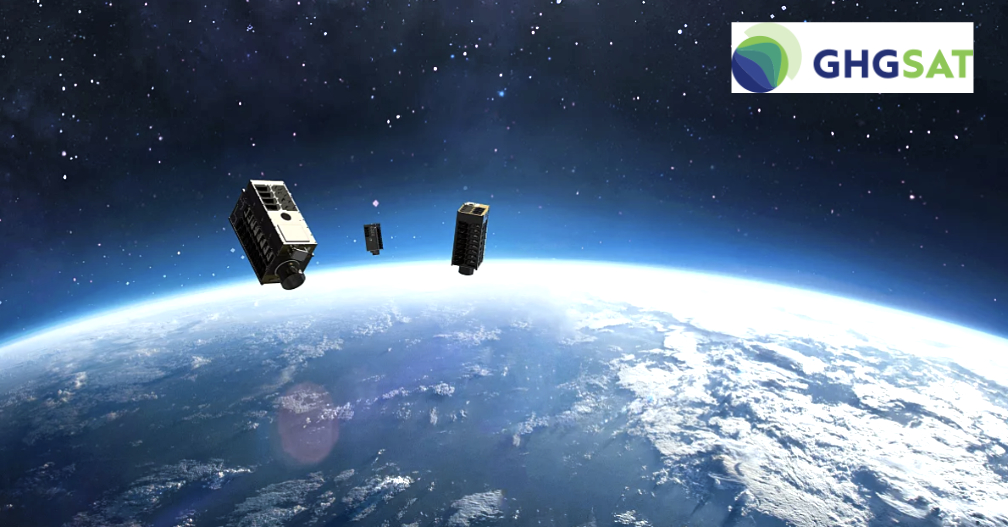
NASA has awarded GHGSat a task order to provide the agency with methane emission data under the agency’s Commercial Smallsat Data Acquisition (CSDA) program for evaluation to determine the utility of GHGSat’s data for advancing NASA’s Earth science and applications goals.

Under the task order, GHGSat will deliver new observations and archival data for a CSDA scientific evaluation team consisting of researchers from NASA centers, other U.S. government agencies and academia. Research projects supported by the GHGSat data will include studies of anthropogenic and naturogenic methane emissions over land and water at sites in the United States and around the world.
The CSDA task order from NASA is the latest example of how GHGSat is making its greenhouse gas data available to the scientific community. With nine satellites currently in orbit and three more scheduled for launch before the end of this year – including the first commercial carbon dioxide sensing satellite – GHGSat’s unique capability to measure greenhouse gas emissions down to the level of individual facilities is directly aligned with the climate priorities of the U.S. government.
Established in 2017, the NASA CSDA program identifies, evaluates, and acquires data from commercial sources that support NASA’s Earth science and climate science research and application goals. Commercial data acquired by CSDA informs several NASA Earth science research areas including carbon cycle and ecosystems, climate variability and change, and atmospheric composition.
‘’Providing NASA with high-resolution emissions data is an important first step to advance critical research and develop new applications and insights in the fight against climate change. GHGSat is uniquely positioned with its remote-sensing monitoring expertise for industrial emissions and a growing constellation of satellites. We look forward to a long and productive partnership with NASA.” — Stéphane Germain, Founder and CEO, GHGSat
“The execution of this task order will get data into the hands of our evaluation team. They will assess the utility of GHGSat observations within the larger context of the scientific research, analysis, and applications of the Earth Science Division at NASA. This is a fundamentally important milestone for the process that the agency has established to evaluate these data.” — Will McCarty, CSDA Program Scientist, NASA Headquarters.
